Lifestyle
Spring in Tokyo is calling: Are you ready to answer?
Japan’s capital, Tokyo, stands out with its mesmerizing spring landscapes and rich cultural heritage, attracting thousands of tourists every year. Traveling from Istanbul to Tokyo is quite convenient, as Turkish Airlines operates direct flights to Tokyo Haneda and Tokyo Narita airports seven days a week. The total flight duration is approximately 11 hours. Haneda flights depart at 2:35 a.m., while Narita flights take off daily at 3:20 p.m. Additionally, the Japanese airline All Nippon Airways (ANA) operates three weekly round-trip flights from Istanbul.
For travelers heading to Tokyo, which is six hours ahead of Türkiye, it’s important to be mindful of electrical outlets and the opposite traffic flow. The most enchanting season in Tokyo is April and May when cherry blossoms are in full bloom, drawing visitors from all over the world.
5 must-visit places in Tokyo
Meiji Shrine
The Meiji Shrine, located within the 70-hectare forested area now known as Yoyogi Park, was completed between 1920 and 1926. This religious structure is dedicated to Emperor Meiji and his wife, Empress Shoken, who played a significant role in Japan’s modernization. The garden chosen for the shrine’s construction was frequently visited by the emperor and his wife during their time. The original Shinto shrine suffered severe damage during the bombings of World War II, but it was faithfully reconstructed using public funds. Due to its serene atmosphere and grandeur, the shrine has become one of Tokyo’s must-visit attractions for travelers.
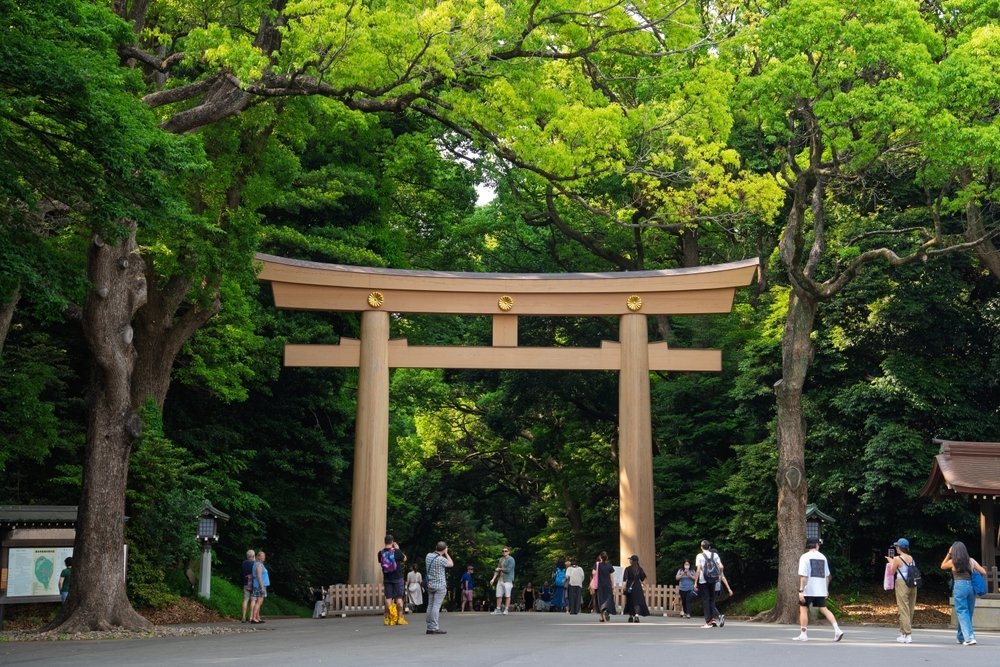
Senso-ji Temple
Located in the heart of Tokyo’s historic district, Senso-ji Temple is the oldest religious structure in the city. The temple can be accessed through the Thunder Gate (Kaminarimon), a symbol of both the temple and the city itself. According to popular belief, the decision to build the temple was made in 628 after two brothers discovered a statue of the Buddhist goddess Kannon while fishing in the Sumida River. Completed in 645, the temple’s main hall can be entered through the Hozomon Gate. With its vibrant architecture and historical significance, Senso-ji is regarded as the most important attraction in Northern Tokyo, hosting various events throughout the year. It is also one of the city’s busiest locations during the day.
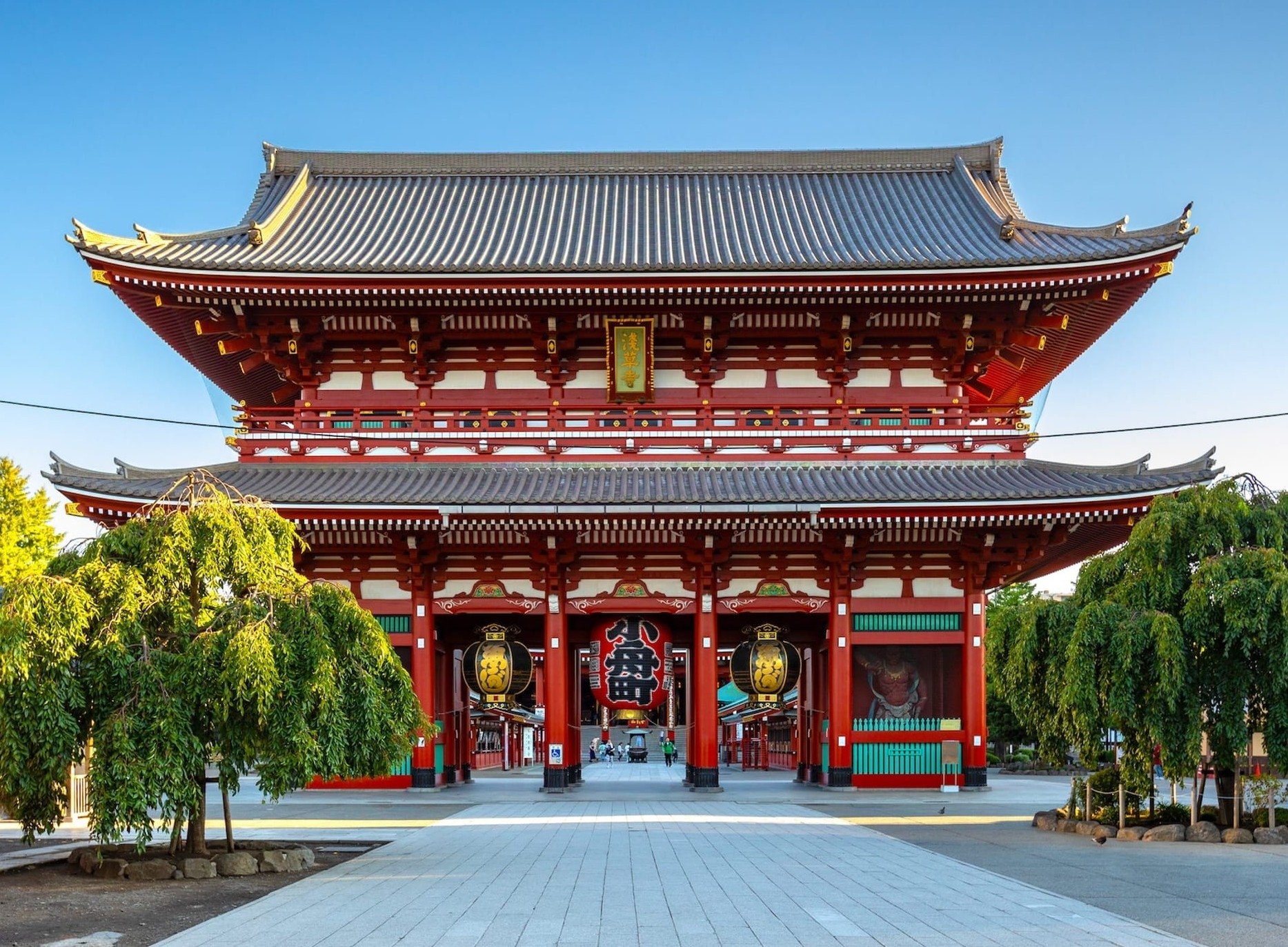
Imperial Palace
Covering an area of 3.41 square kilometers, including its gardens, this magnificent structure was built between 1868 and 1888. The palace consists of two sections surrounded by moats filled with water. Within the inner area, you’ll find the residences of the imperial family and government offices. The palace’s beautiful gardens, opened to the public in 1968, can be accessed for free at any time. They are especially worth visiting in spring when the cherry blossoms are in full bloom. Access to the inner palace is restricted to just two days a year: Jan. 2 (New Year’s celebration) and Dec. 23 (the Emperor’s birthday), with a limited number of visitors allowed. The inner part of the palace is also open to visitors, but you must either make a reservation in advance or secure one of the 300 tickets available each day. Unfortunately, the number of English audio guides is limited.
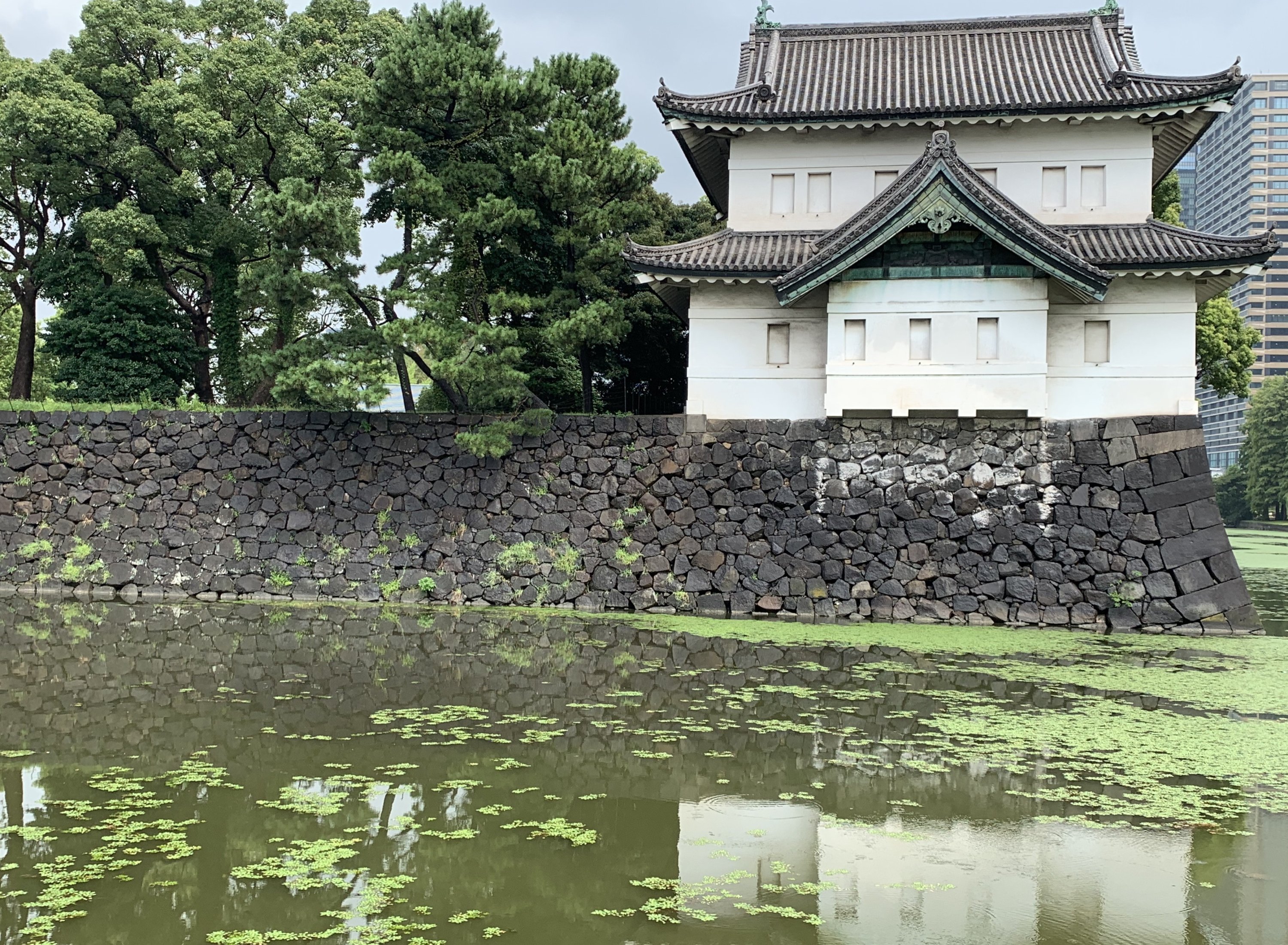
Shinjuku Area
Shinjuku is one of the liveliest and most vibrant districts in Tokyo. The district has a unique atmosphere, largely shaped by its neon-filled streets and towering buildings illuminated by thousands of lights. Shinjuku remains lively 24/7, with crowds that never seem to thin out, even after most venues close. It is also known as Tokyo’s nightlife hub, offering countless bars, clubs and entertainment spots. Additionally, some stores in the area stay open 24 hours, meaning you can shop for groceries, grab a late-night meal, or even buy household items at 3 or 4 a.m.

Harajuku Area
Harajuku, located between Shinjuku and Shibuya, is a popular area in Tokyo that caters to all age groups with its dining and shopping options. Among the local attractions, Takeshita Street is particularly popular with the younger crowd. A smaller version of Takeshita Street, Omotesando, resembles the Champs-Elysees in both appearance and content. The area, especially the boulevard, is home to several shopping complexes like Omotesando Hills, LaForet Harajuku and Daiso Harajuku. Harajuku is a place where people of all ages can enjoy their time. It offers activities for everyone, from 7 to 70. Here, you’ll find some of the most unique and fun concept animal cafes, as well as giant cotton candy or candy apples. In addition to shopping, Harajuku provides a vibrant world of experiences for those seeking something different and extraordinary.
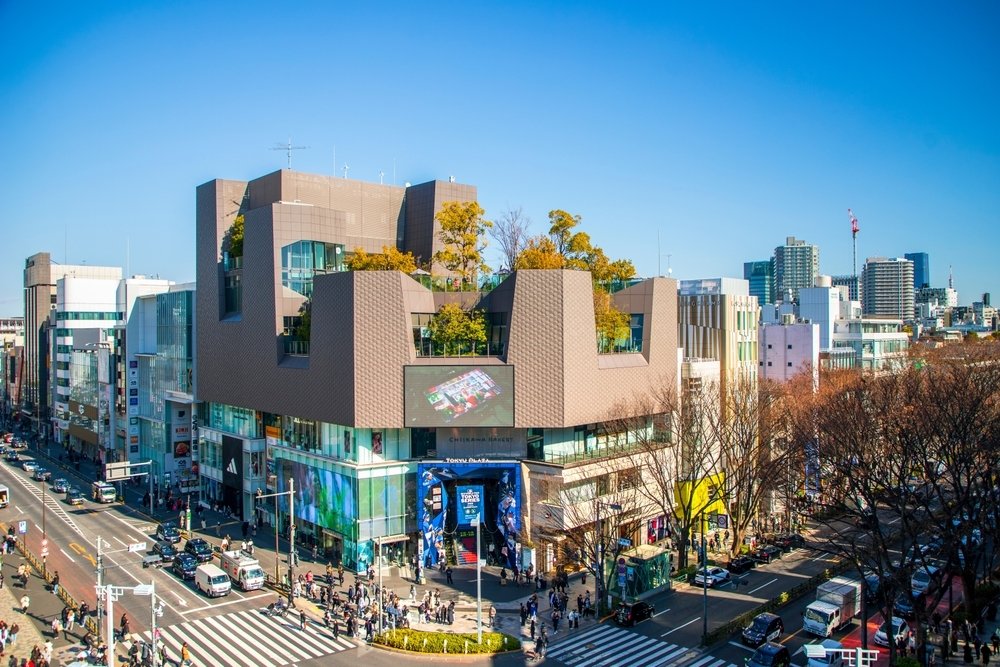
Accommodation options
The Tokyo Edition, Ginza
One of the newest hotels in the city, The Tokyo Edition, Ginza, offers a tranquil stay with its 86 rooms and minimalist decor. The hotel’s exterior is discreet, with the logo barely visible and guests enter through a small door that feels like stepping into a private home. In terms of location, rooms and service, this hotel scores a perfect 10 out of 10. Its spacious rooms offer comfort beyond Tokyo’s standards.

The hotel’s restaurant, Sophie, serves delicious meals all day, and its Turkish executive chef is a source of pride. The famous Punch Room cocktail bar and rooftop bar are also popular spots among Tokyo locals.
The Peninsula Tokyo
The Peninsula Tokyo blends classic luxury with pan-Asian influences. The decor features gold leaf details, cherry wood panels, and floral-patterned carpets. One of Tokyo’s most iconic artworks, Lying Dragon Gate, is displayed in the hotel’s lobby. The hotel has a total of 314 rooms, with floor-to-ceiling glass suites being a favorite among guests.
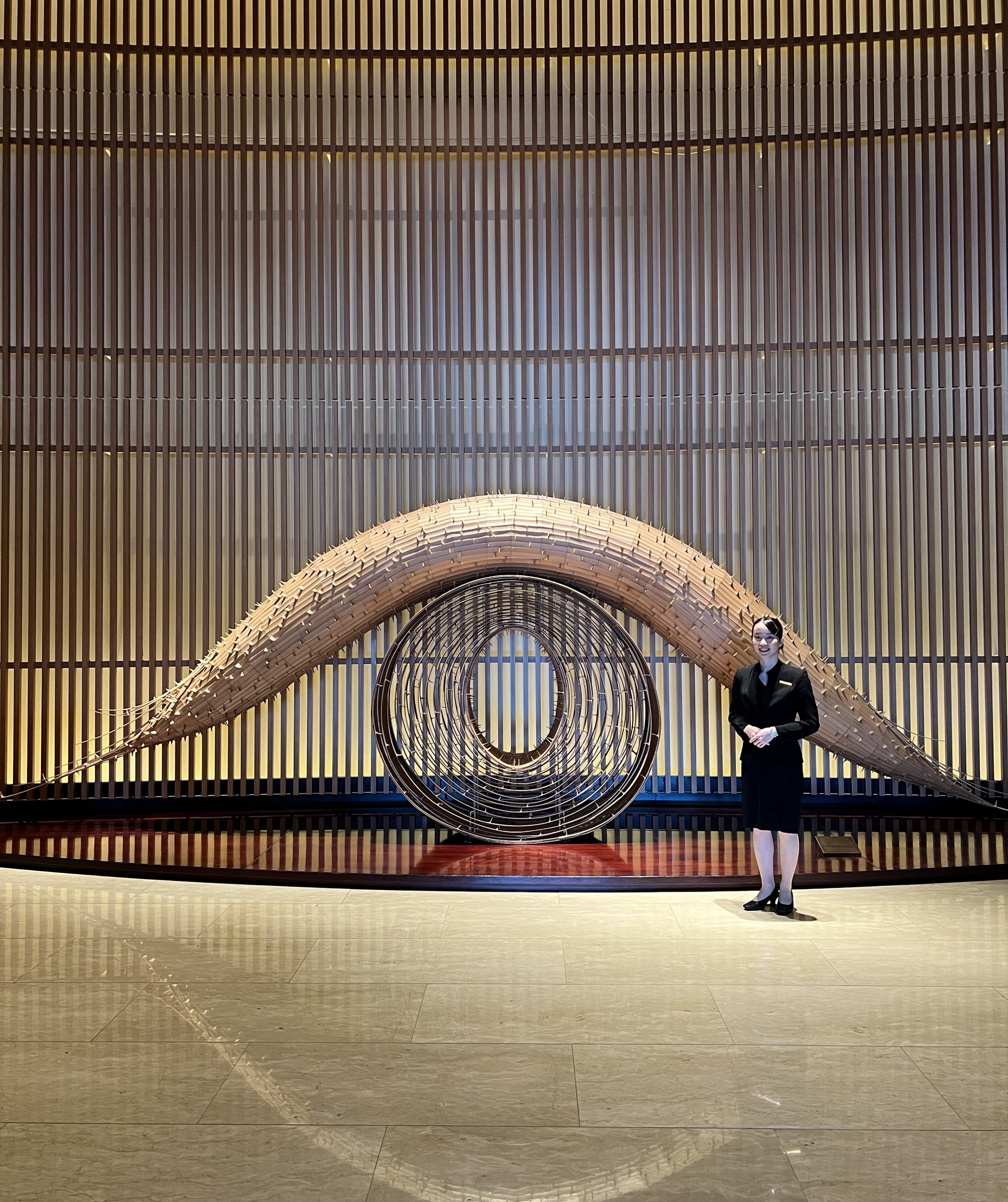
The 24th-floor Peter Restaurant offers an exquisite experience with A5 Wagyu steak and fresh seafood. Conveniently located near Ginza’s luxury boutiques and the Imperial Palace gardens, the hotel provides easy access to the city via the nearby Hibiya metro station.
Restaurants
Nadaman Restaurant
Located on the 29th floor of the Shangri-La Hotel, Nadaman is part of the renowned kaiseki restaurant group that has been serving Japan’s royal family and world leaders since 1830. Authentic Japanese dishes, prepared by experienced chefs, are served alongside breathtaking views of Tokyo. For larger groups or those seeking a more private experience, the restaurant offers exclusive sushi and teppanyaki rooms.
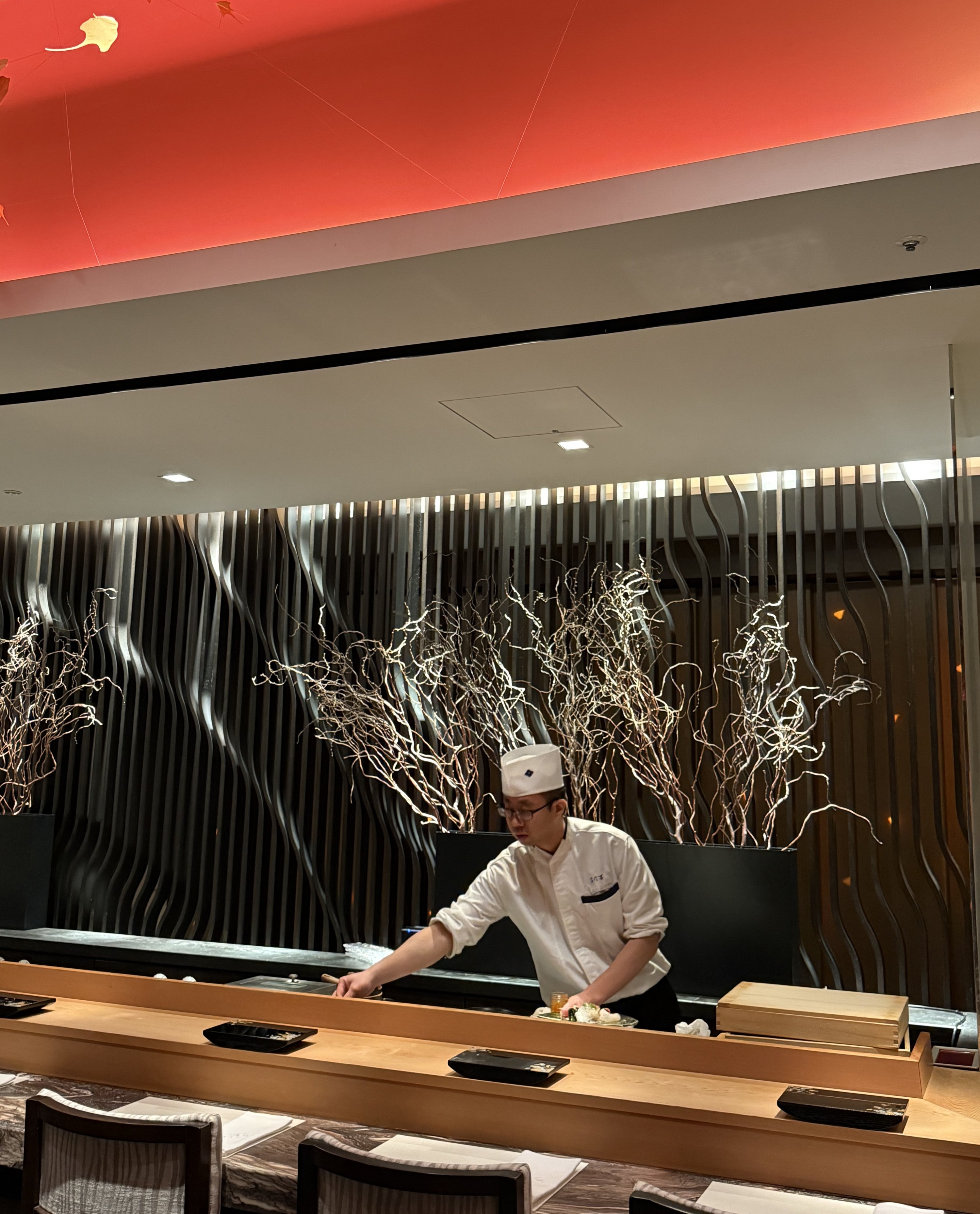
Wagyu Mafia
Founded in 2016 by self-taught chef and Wagyu (Japanese beef) expert Hisato Hamada and entrepreneur Takafumi Horie, Wagyu Mafia started as Tokyo’s first members-only restaurant. The brand later expanded internationally, opening a total of 10 restaurants with various concepts. Known for its exclusive Wagyu-themed dinners and private dining experiences, Wagyu Mafia also has locations open to non-members, which can be found on their website.
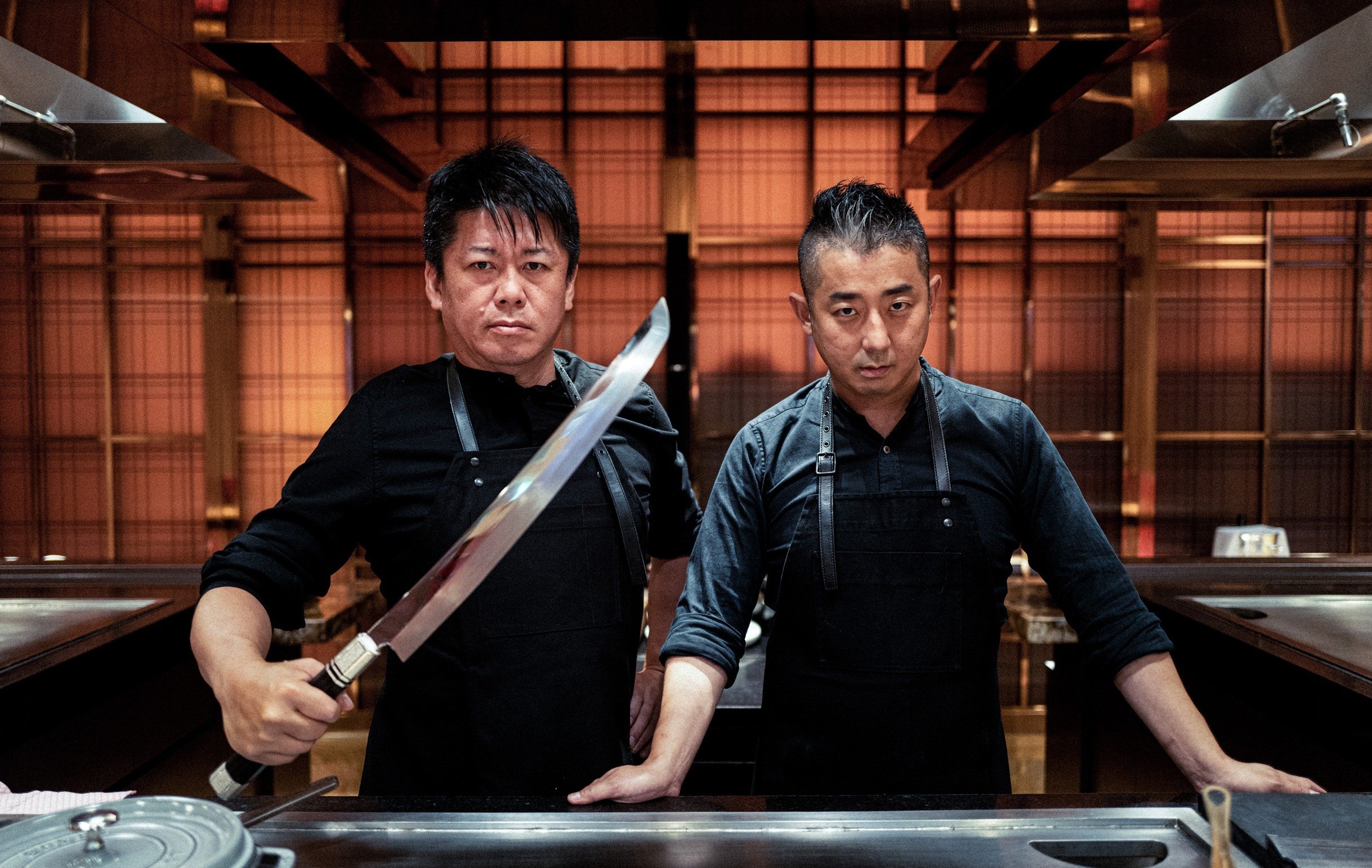
Coffee Wrights Omotesando
Tokyo is a paradise for coffee lovers, and Coffee Wrights is one of the city’s finest coffee spots, in my opinion. Opened in collaboration with Higuma Doughnuts, this cafe is a converted traditional Japanese house in Omotesando. With exceptional coffee and delicious donuts, it’s the perfect place to take a break.
Shin Udon
One of Tokyo’s smallest yet most delightful restaurants, Shin Udon features a cozy setting with only six counter seats and two tables, serving freshly made udon noodles.
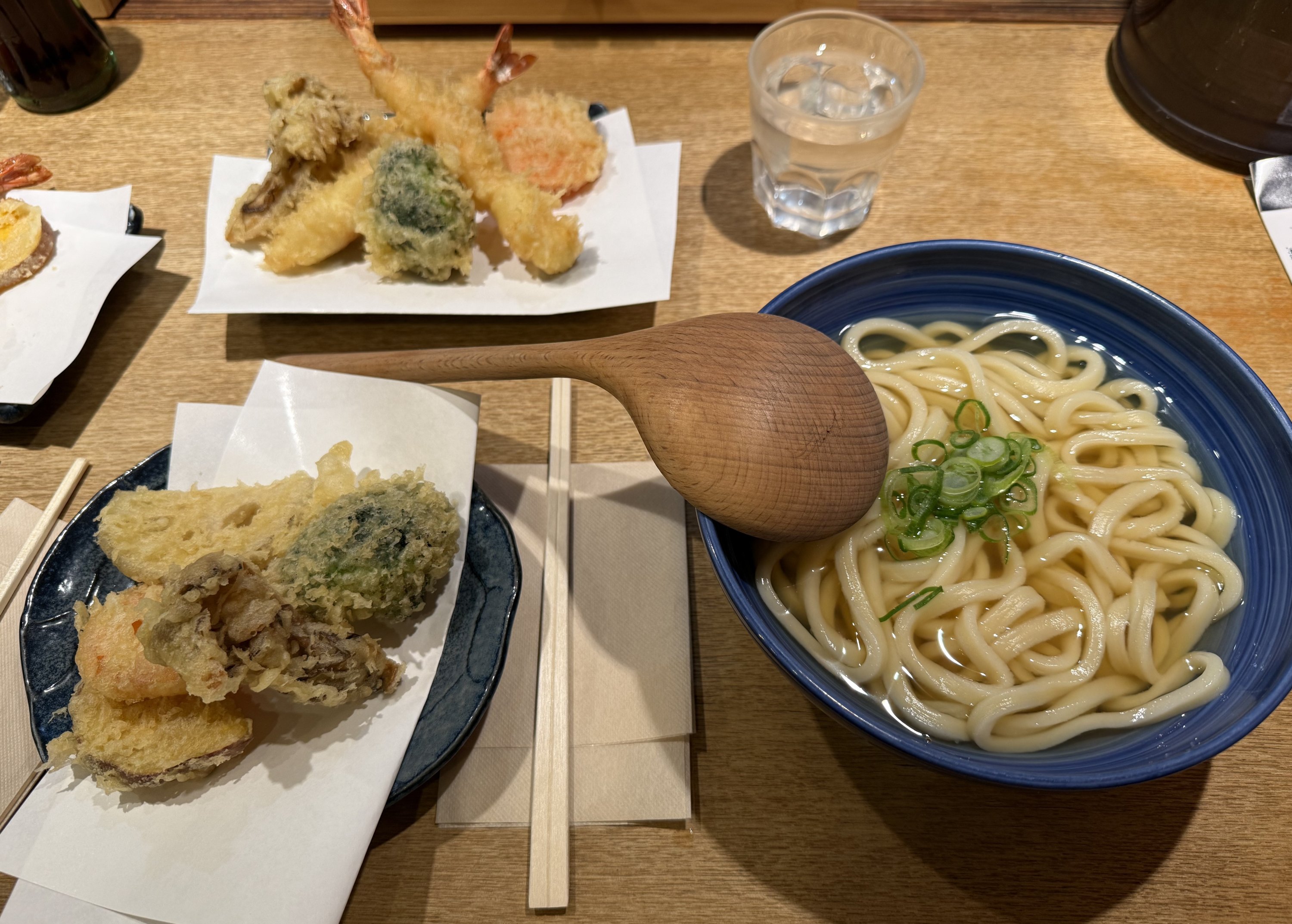
The menu, complemented by tempura and fried tofu, is worth trying despite long wait times. The dough is rested overnight to achieve the perfect moisture and salt balance, then cut and cooked to order, giving the noodles their signature chewy texture. The restaurant closes at 9 p.m. sharp, and I still can’t get it out of my mind.
Tsurutontan
Founded in 1979 in Osaka’s Souemon-Cho district, TsuruTonTan was Japan’s first authentic handmade udon restaurant. The founder’s passion for udon led to the opening of TsuruTonTan – Noodle Craftsman’s Hospitality in 1989. Known for its elegant presentation and dedication to udon craftsmanship, the restaurant sources the best bowls from Bizen and Tachikui ceramic workshops.
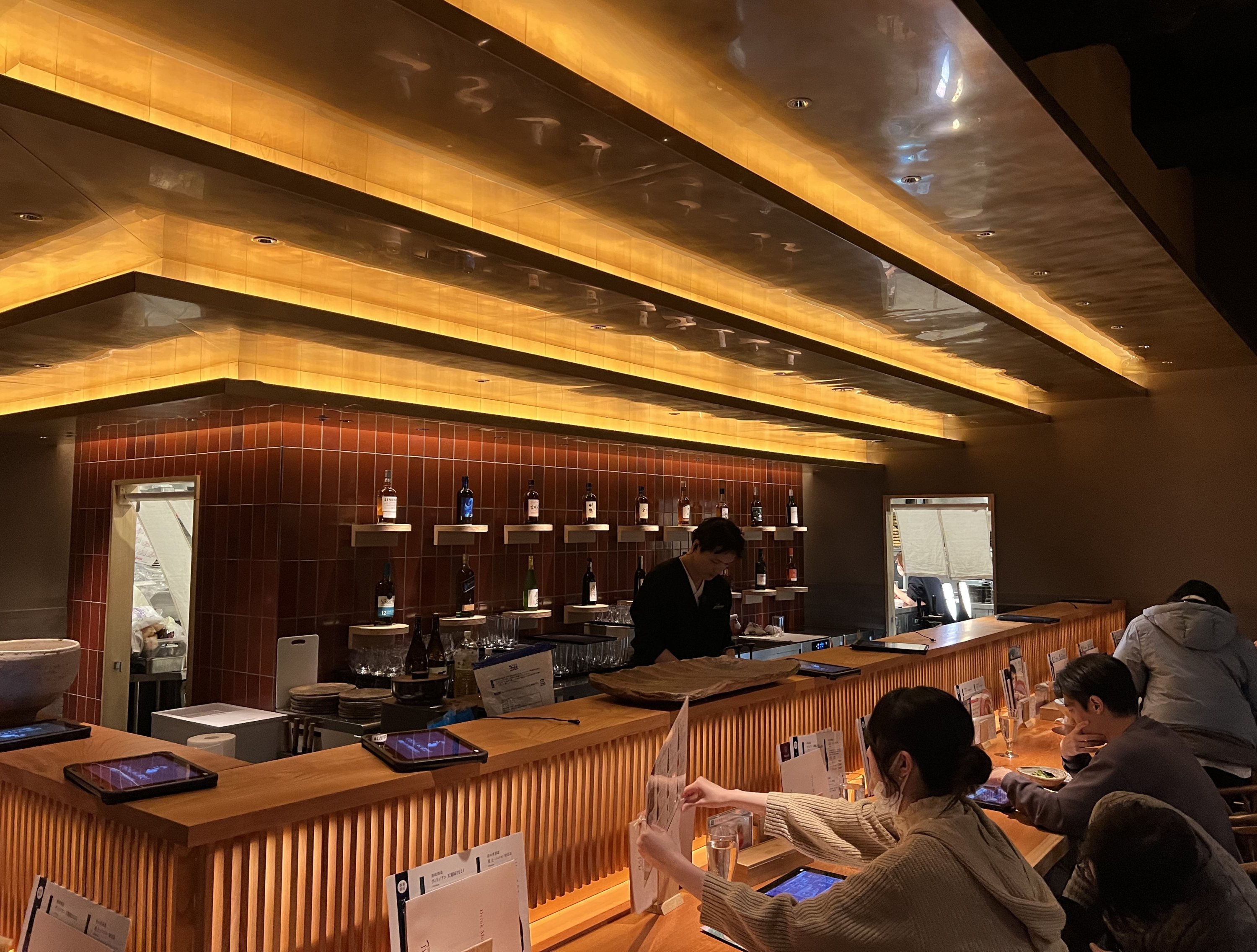
The udon dishes, prepared with aromatic bonito flakes, kombu seaweed, fresh vegetables and meats, are served with a deep commitment to quality. Today, TsuruTonTan operates five locations in Kanto and seven in Kansai.
Lifestyle
Cherry blossoms calling: What to expect in Japan 2025
As winter fades, the world eagerly anticipates one of nature’s most breathtaking spectacles: cherry blossom season. This year, travelers from all corners of the globe will flock to Tokyo’s Ueno Park, Kyoto’s Philosopher’s Path and Washington’s Tidal Basin to witness this poetic transformation. Whether you’re strolling under sakura trees or simply admiring them from afar, one thing is certain cherry blossoms remind us to slow down and embrace the present.
As a guest of Japan’s largest airline, All Nippon Airways (ANA), I recently had the privilege of experiencing Japan’s early sakura season. With ANA’s new direct flights from Istanbul Airport (IGA) to Tokyo Haneda Airport, which started on Feb. 12, 2025, exploring Japan has never been easier. Three flights a week now connect the two countries with deep cultural ties, bringing a wave of excitement for travelers longing to immerse themselves in the elegance, cleanliness and refined aesthetics of Japan. But why is everyone suddenly eager to visit Japan? Perhaps it’s the timeless beauty of Kyoto’s ancient temples, the neon dreams of Tokyo, or the simple joy of witnessing sakura bloom a fleeting reminder that life, like cherry blossoms, is delicate and temporary.
Kyoto: Walking through time
Kyoto is where Japan whispers its past. The streets, lined with traditional machiya houses, transport you to an era when samurais roamed and tea ceremonies dictated social rituals. My journey began in Arashiyama, home to the ethereal Bamboo Forest, a place where the wind sings through towering stalks, creating a natural symphony of tranquility. Not far from here, Fushimi Inari Taisha awaits, its vermillion torii gates stretching endlessly, leading pilgrims to the mountain shrine. Walking through them, I was reminded of a Zen proverb: “The obstacle is the path.”
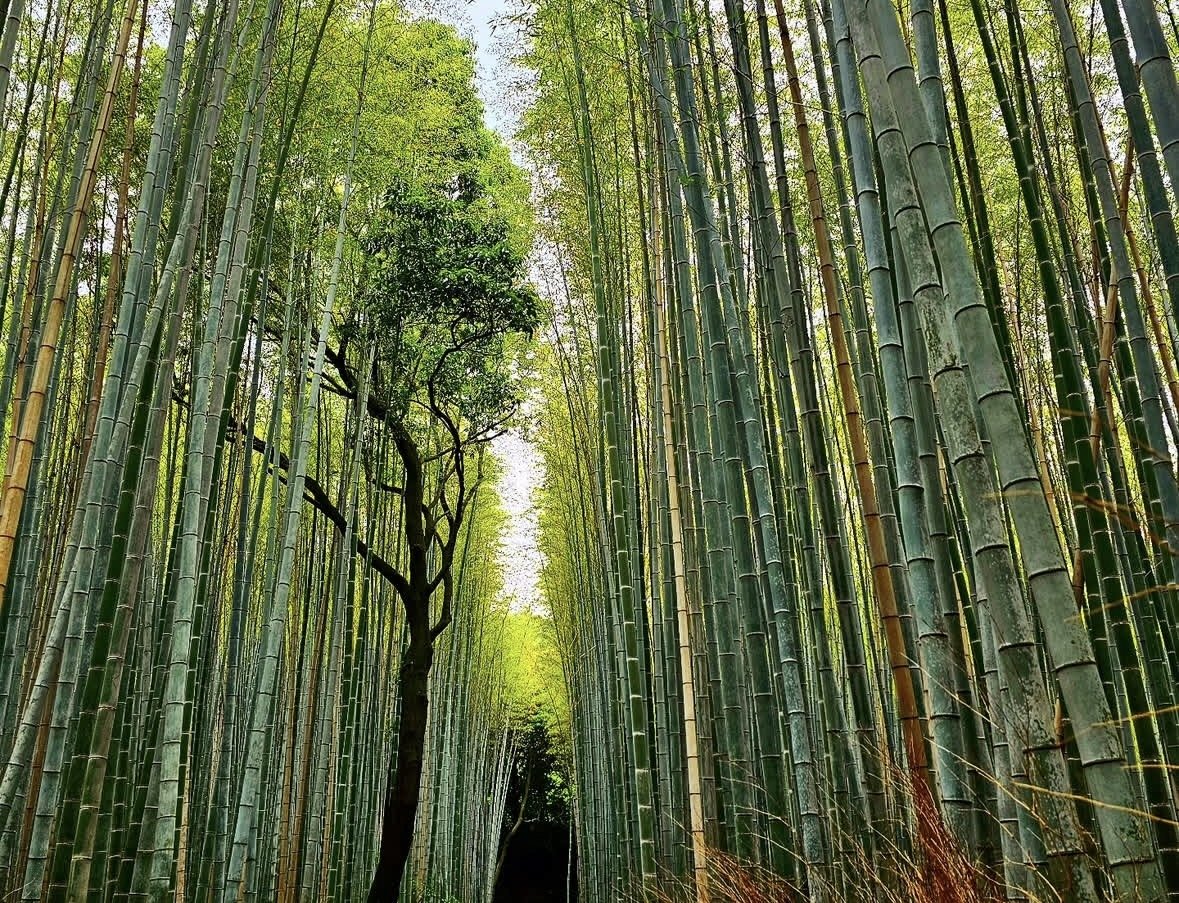
Osaka: Kitchen of Japan
Osaka is a feast for the senses. Known as “Japan’s Kitchen,” this city thrives on street food and vibrant nightlife. Dotonbori is the heart of the action, where neon lights reflect off the canal, and food stalls serve up steaming takoyaki and okonomiyaki. If Kyoto is a quiet tea house, Osaka is a loud, bustling izakaya both essential to Japan’s character.
Tokyo’s cherry blossoms, lively streets and rich cultural landmarks create an unforgettable spring experience in the heart of Japan
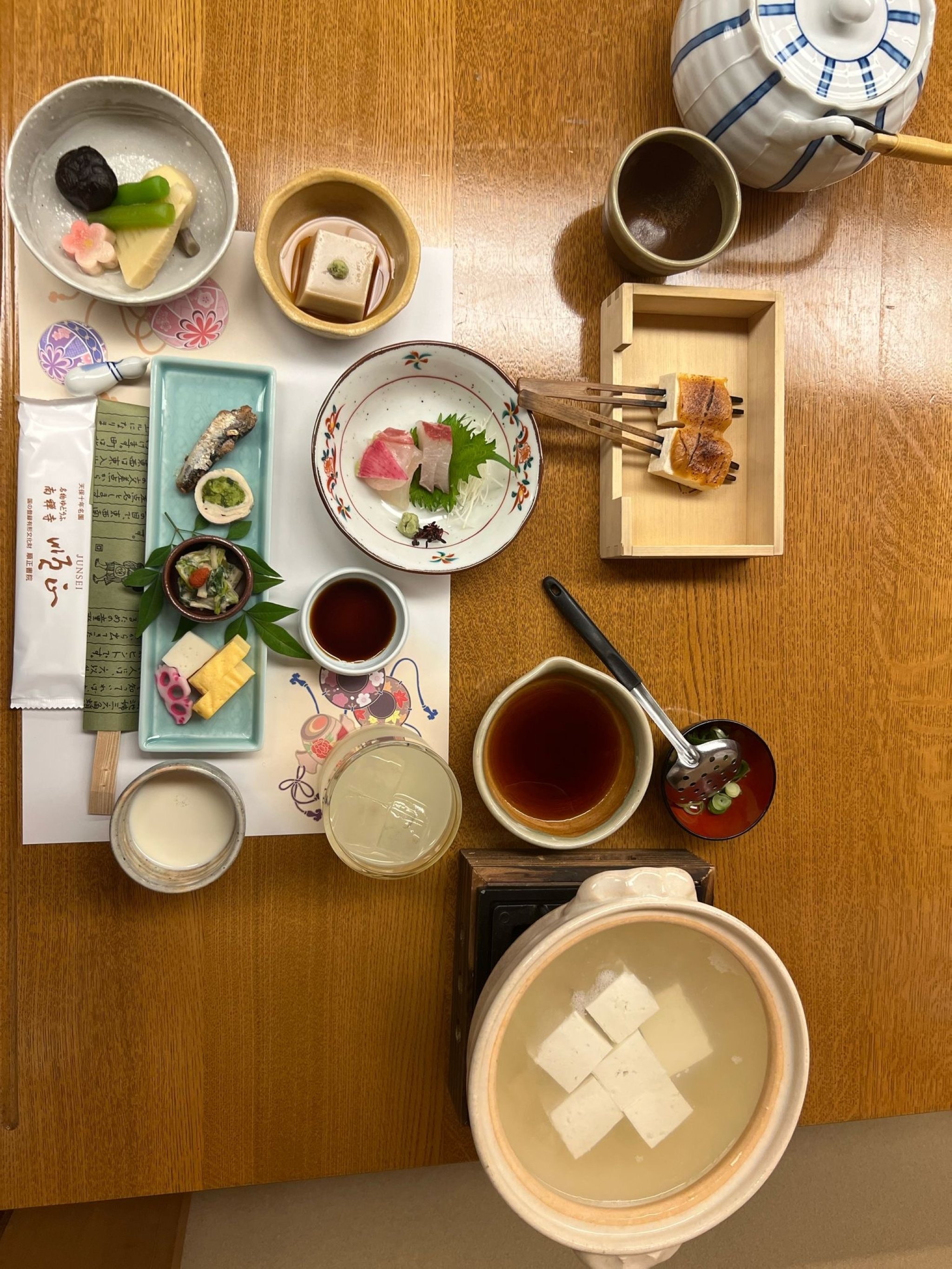
Lost in Tokyo’s museums
Tokyo is another world one that must be seen before you die. A city of contradictions, it balances tradition with cutting-edge innovation. In Ginza, the world’s most luxurious brands find a home in sleek glass towers, while Omotesando is a runway of architectural masterpieces. Then there’s Roppongi, where art and nightlife intertwine Mori Art Museum being a must-visit.
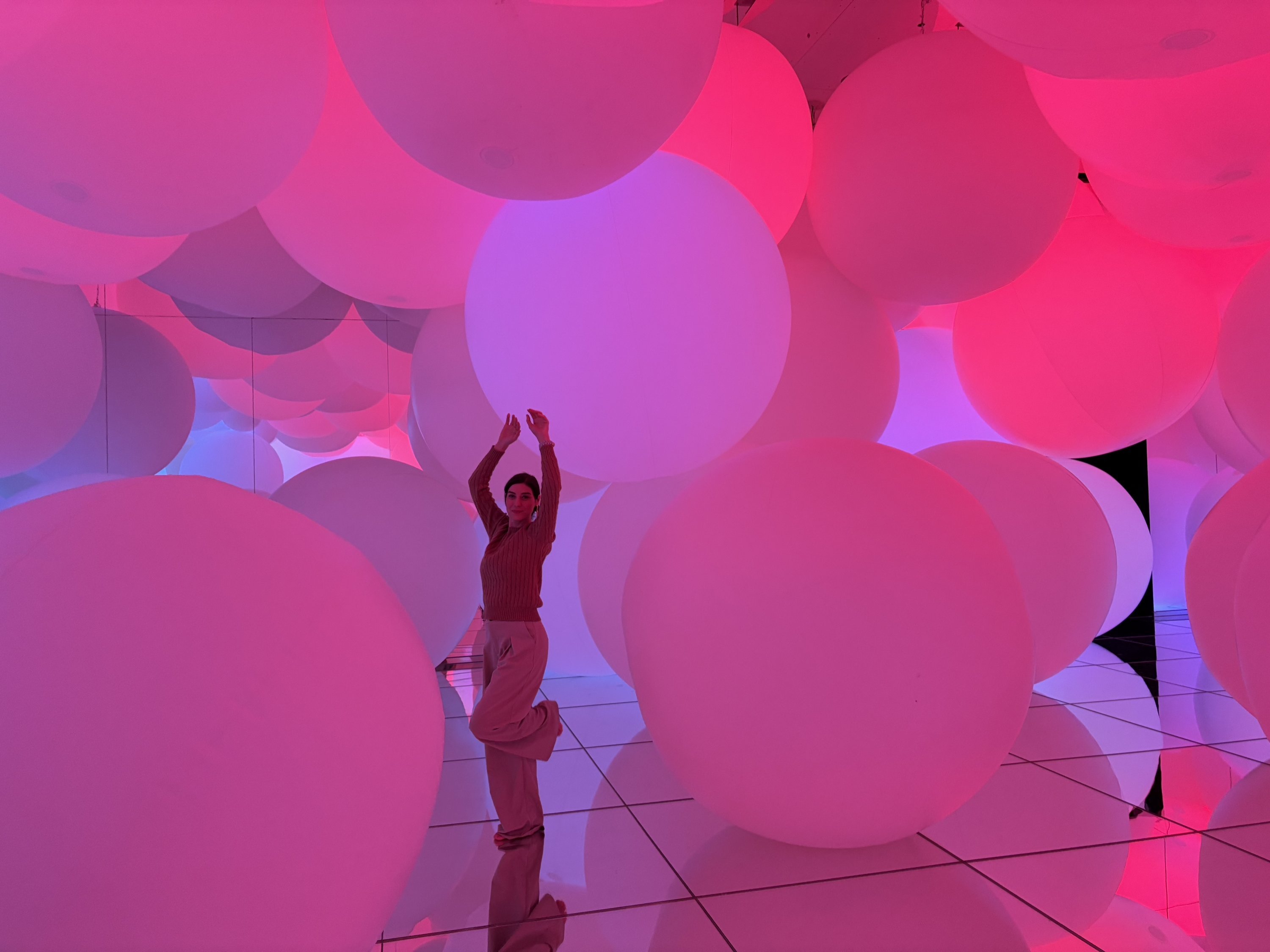
For a digital dreamscape, teamLab Planets Tokyo offers an immersive art experience like no other. Here, you walk barefoot through water, step into a field of infinite flowers and lose yourself in an ocean of light. It’s not just an exhibition – it’s an awakening.
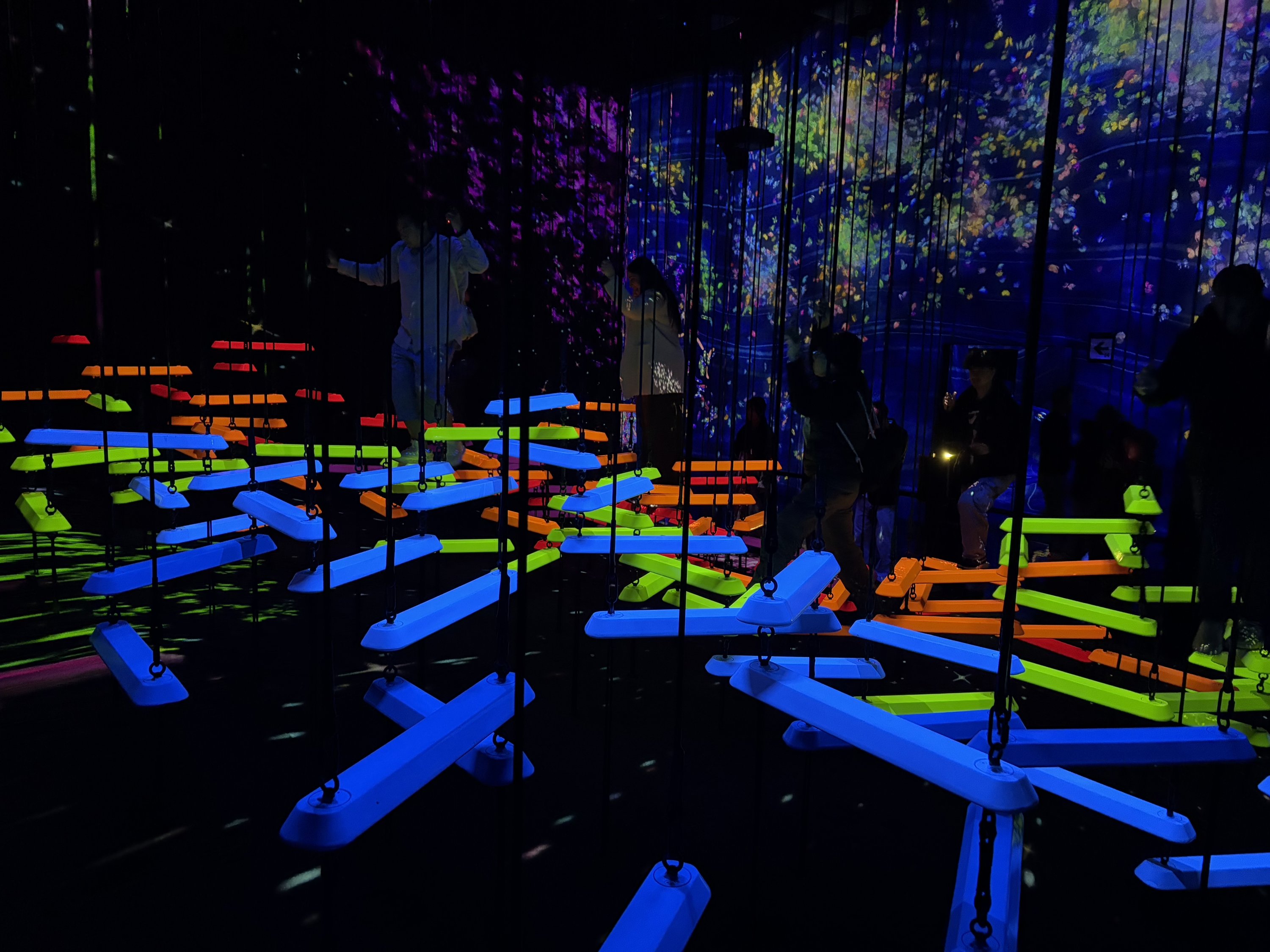
For a different kind of sensory experience, Tokyo’s animal cafes are a quirky yet heartwarming stop. From owl cafes to capybara cafes, you can sip matcha while sharing space with these gentle creatures. Speaking of matcha, Matcha Paradise offers an unusual twist matcha-infused water, a pure and meditative way to taste Japan’s favorite tea. As the zen proverb says, “Let go of your worries and be completely clear, like the water of a deep lake.”
Walking along Omotesando Avenue toward the Nezu Museum, I found myself immersed in Tokyo’s seamless blend of modernity and tradition. As I entered, a serene bamboo-lined pathway welcomed me, setting the tone for the tranquility that awaited inside.
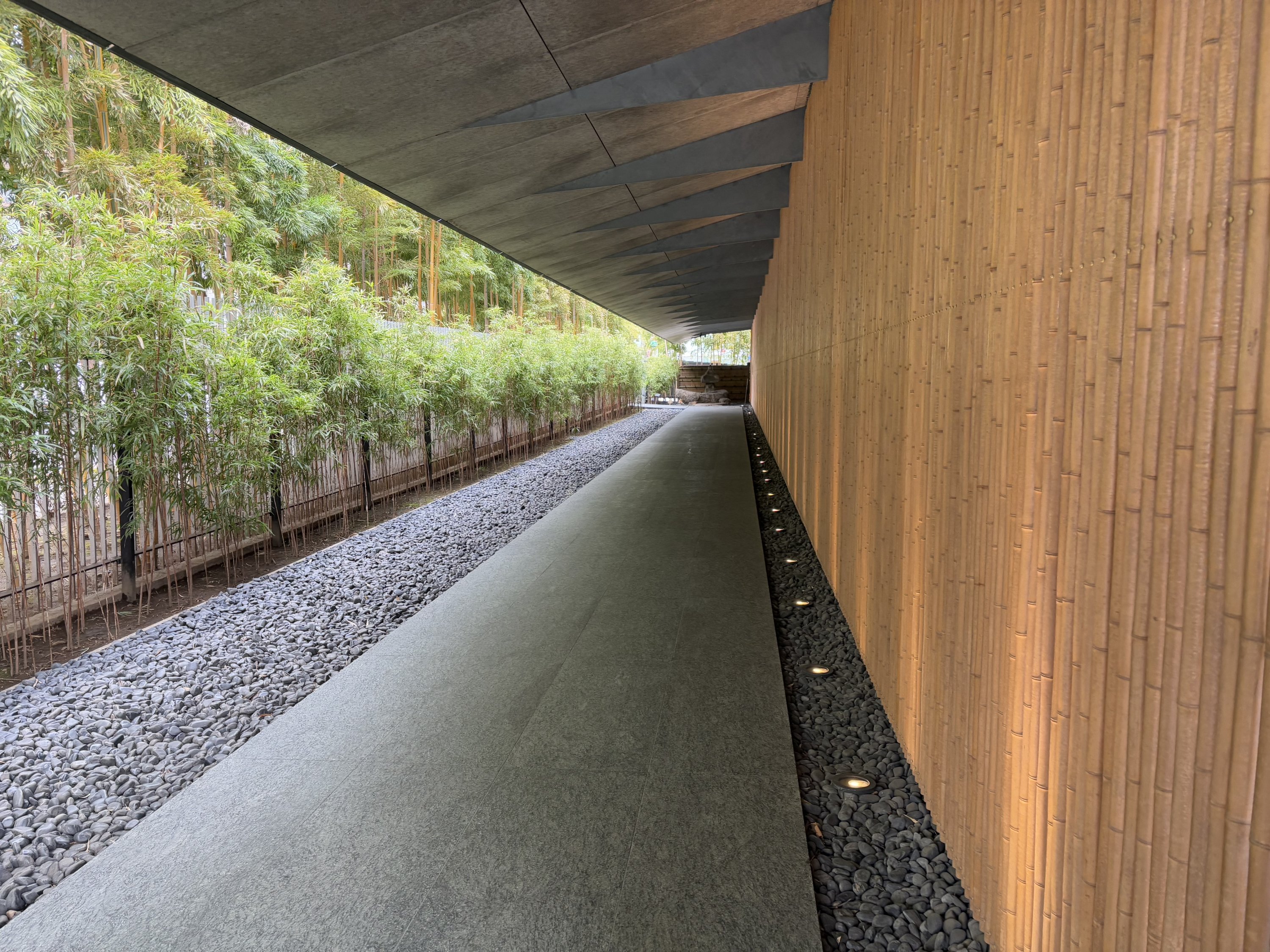
The museum’s collection, a refined showcase of Japanese and East Asian art, was simply mesmerizing – delicate scroll paintings, ancient ceramics and intricate tea utensils, each piece telling a story of craftsmanship and heritage. Beyond the art, the museum’s garden, with its winding stone paths and hidden tea houses, felt like stepping into a timeless sanctuary in the heart of the city.
Sakura: Poetry of petals
And then, the moment the world waits for sakura season. A fleeting spectacle that paints Japan in hues of pink and white. Cherry blossoms are not just flowers; they are a philosophy. The Japanese concept of mono no aware – the bittersweet awareness of impermanence is embodied in these delicate blooms. For a few days, the country pauses, gathers under the trees and celebrates hanami, the art of appreciating beauty that will soon disappear.
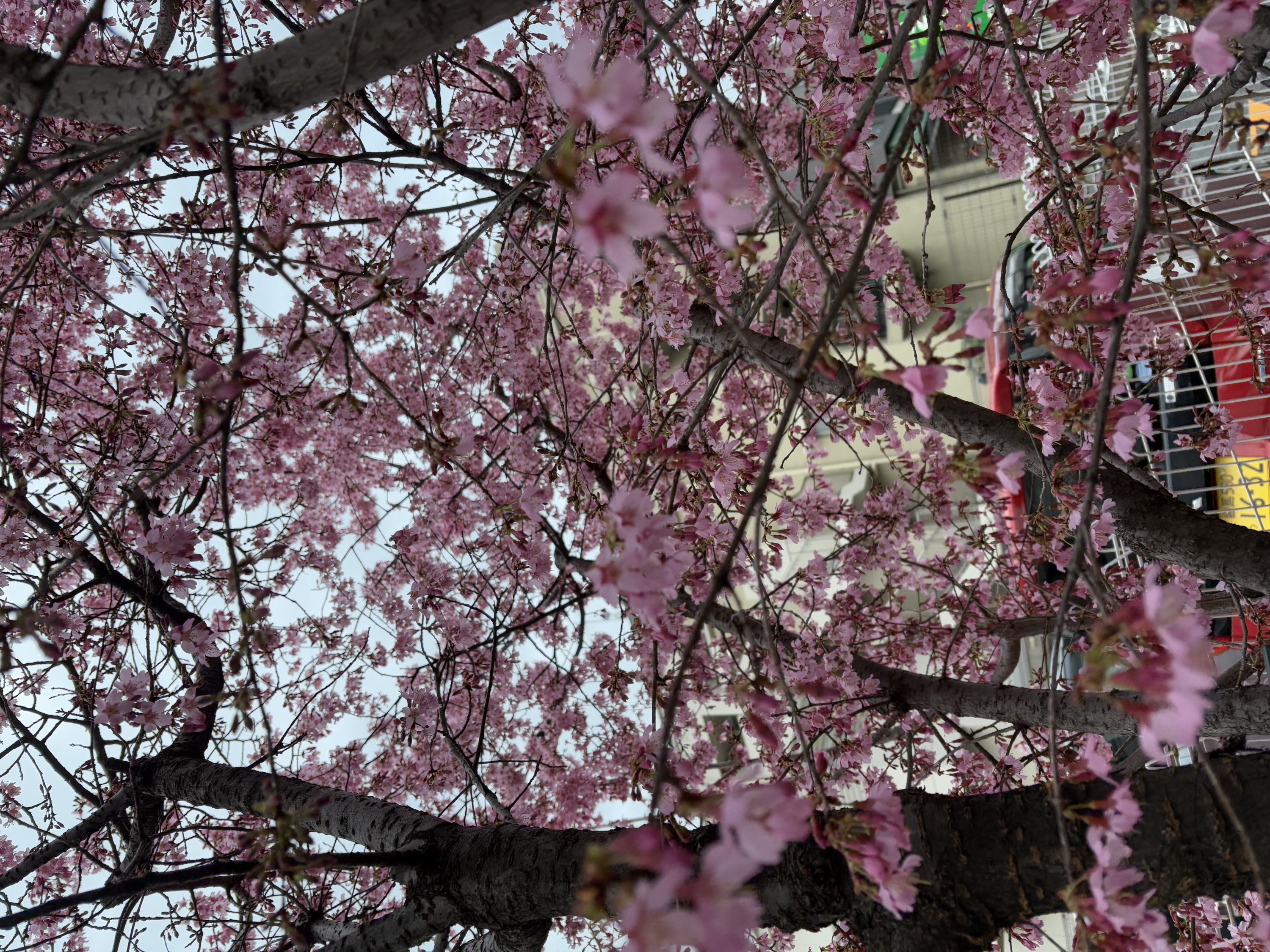
In my opinion, there’s something deeply poetic about seeing cherry blossoms in full bloom. As I stood beneath their delicate petals, I couldn’t help but feel the fleeting nature of life itself. Like cherry blossoms, life is fleeting so bloom while you can. Their beauty lasts only for a moment, reminding us to embrace the present, to live fully and to appreciate the small wonders before they fade away.
From Kyoto’s timeless temples to Tokyo’s electrifying streets, Japan is a place that teaches you to be present to savor each moment like the last petal of a falling cherry blossom. If you haven’t been yet, now is the time.
Lifestyle
True meaning of abundance in Islam
Nothing exists solely by itself. In a vast and intricate web of relationships, objects and events are interconnected in difficult-to-define ways. When an element is removed or altered, unexpected consequences arise elsewhere, often surprising us. When something is done in accordance with or in violation of a system, we witness uncontrollable phenomena as if the mechanism has been set in motion. To reverse the effects, one must often return to the very beginning. The relationship between cause and effect is rarely predictable.
In this context, the ecosystem within the social and moral lives of Muslims provides strange examples of how events can trigger one another. Sometimes, well-intentioned regulations may lead to seemingly unrelated outcomes, shaking the order at its roots. Like interconnected vessels, an entire structure can be affected by the displacement of a single concept, gradually leading to its deterioration.
When discussing faith in angels, Muslim intellectuals have attempted, for various reasons, to make the unseen visible. The impact of these diagnostic and materialistic tendencies on our lives is debatable; however, one thing is certain: the claim of making life more predictable has drained a fundamental concept of its meaning – abundance (“bereket” in Turkish)! So much so that abundance itself seems to have disappeared from the lives of Muslim communities.
In a marketplace steeped in Muslim culture, a shopkeeper greets a customer with the phrase: “Siftah (the first sale) is from you, abundance is from God.” This phrase, passed down from ancestors to descendants, acts as a mysterious code – almost a foundational principle of commerce. Like the “Ali Baba and the Forty Thieves” phrase “Open Sesame” unlocking a treasure-filled door, this expression opens the gates of sustenance in the marketplace. On one hand, it reflects the merchant’s acknowledgment that God is the provider of sustenance; on the other, it involves the customer in this testimony: the abundance of all our endeavors belongs to God. Muslims understand that any endeavor excluding God is bound to be devoid of blessing – destined to be barren. Thus, the bismillah (in the name of God) that opens a shop and the concept of abundance complement each other like two main pillars, linking our daily work to God and affirming our Muslim identity.
Deep trust, submission, diligence and generosity form the ethical foundation of the Muslim marketplace. This principle – “remembering God amid society” or “turning the heart toward God while engaged in work” – ensures that God remains present in daily life. Nothing else is needed. Even a whole month of Ramadan might not be enough to reflect on what we have lost through the materialization of abundance.
Although abundance can have various meanings, it is ultimately a concept that describes a connection with God. It signifies the increase of goodness or benefit to the extent that it reaches others. The 13th-century Sufi metaphysician Sadr al-Din al-Qunawi explains the concept of abundance with this example: “The abundance of the sun is its rays.” The rays are proof of the sun’s existence. Because the sun’s existence is perfect, its light overflows naturally. We recognize the sun through its light. In this sense, abundance produces an outcome. It forms a link between its source and its recipient.
When the Prophet Muhammad greeted God during his ascension (Mi’raj), God responded with Mercy and Blessings. Over time, the meaning of abundance narrowed, reducing it to a mere increase in material possessions. For many, it became a term that meant the desire for more wealth when resources seemed insufficient. Yet, true abundance refers to the spiritual force hidden within the material world.
Above all, when we think of abundance, our first thought should be of God and our connection to Him. More precisely, something is abundant if it links us to God or reminds us of Him. Whatever fulfills this function is abundance, and abundance resides within it. For this reason, guests bring abundance to a home – because they remind us of God. The abundant portion of our earnings is the part that reminds us of God. The abundance of knowledge lies in the wisdom that brings us closer to Him. When a child is born, the home becomes abundant, for the child is a gift from God, reminding us of Him. The last bite of a meal carries abundance, for after it, we give thanks to God, connecting the meal to Him and giving eating and drinking their true meaning. If we have lived our lives with the awareness that we are always in the presence of God, then our life has been abundant. When someone says, “May God grant you an abundant life,” it is not merely a chronological wish – it is a prayer that one’s life may be enriched with wisdom and meaning.
The examples could go on. Abundance is not about narrowing life down to material gains but about expanding and making it eternal by linking it to God.
Lifestyle
Nature as a manifestation of God
During the modernization process, Muslims sought to develop a rational understanding of nature by attributing their backwardness to an inherited misconception of the universe. Initially, they identified angels with the forces of nature and the good feelings in our hearts. Meanwhile, they reinterpreted jinn and devils as harmful thoughts within us or in our surroundings – even as microbes – thus stripping them of their individuality. Believing that our focus on the unseen world distanced us from nature and reality, they aimed to make the invisible visible, the unknown known, thereby elevating human responsibility and reason. To them, preoccupation with the unseen encouraged an escape from responsibility. By narrowing the influence of invisible beings in nature and life, they assumed they could expand the domain of the mind.
In mythological conceptions of the universe, a hierarchy of power governs the conflicts among beings, with order being established only through great struggle. Good and evil forces are in constant battle, and each entity possesses power in its own right. Even if these forces eventually converge, a structured hierarchy remains intact. The universe is divided between good forces – angels – and evil forces – jinn or devils. Humanity, caught in this war of powers, is helpless and oppressed. The only recourse is reason. Although this mythical language has evolved, it still persists in modern literature and cinema. No matter how much life changes, our perception of existence remains defensive: we continue to view the universe as a battleground between good and evil, unwilling to reach the root of the conflict.
Religion disrupted this cosmic vision by placing God at the center of existence, even identifying Him as existence itself and eliminating all secondary beings. Speaking of independent entities that possess power, engage in conflict, or act beyond control was deemed audacious against divine will. Everything is in its rightful place, and all is under the absolute control of divine will. If He wills something, it happens; if He does not, it does not. The universe belongs to God, and everything is under His command.
Such a perspective unites all opposites in a magnificent harmony, bringing them to a single point: submission and obedience to God without resistance. That humanity may fail to grasp this grand harmony does not justify alternative interpretations of reality. Within this understanding of the universe, beings exist only by divine will.
Consequently, belief in angels signifies the dissolution of any independent power structure in the universe for the sake of God. A believer, by affirming faith in angels, declares: “I reject the notion that anyone other than God has power. There is no god but God.” In other words, no one but Him has authority or command. God is One, and there is no other force or power besides Him. Yet, paradoxically, the word angel derives from a root meaning power or strength. Religion conveys this message: What you perceive as power is actually God’s power, and the angel represents this truth. Something is powerful only insofar as it is connected to and dependent on divine will.
Faith in angels negates the idea that the universe operates with independent forces, instead directly linking the world and nature to God’s absolute will. If God is closer to us than our jugular vein, then nothing can veil Him – except our own illusions. Every movement, every action and every being in the universe is a reflection of divine will and reveals God to us. Rain does not fall due to mere causality but rather through the agency of angels. Does such a perspective lead us into mythology? No! What prevents us from falling into illusions is our knowledge of God. With such a belief in angels, the possibility of engaging in scientific inquiry remains intact. The key issue here is whether we examine nature while taking God into account or ignoring Him.
This perspective grants us two things at once: First, it provides a strong motivation for exploring nature. Understanding nature is understanding God. This way of thinking teaches us the discipline required to study nature – a kind of etiquette of nature. Second, it allows us to establish a closer and deeper relationship with nature. Nature becomes our home and, in the process of research, even transforms into a sacred space where we remember God. Faith in angels tells us: Nature is not a mechanical factory!
-

 Daily Agenda2 months ago
Daily Agenda2 months ago5 suspects nabbed for sharing information with Iranian intel
-

 Politics2 months ago
Politics2 months agoSoutheastern city enforces fines to tackle student absenteeism
-

 Lifestyle2 months ago
Lifestyle2 months agoTürkiye’s Embassy in Doha hosts iftar for alumni to foster connections
-

 Refugees2 months ago
Refugees2 months agoInternational Women’s Day: global protests demand equal rights
-

 Daily Agenda2 months ago
Daily Agenda2 months agoTrump hangi ülkelere yasak getirdi.
-

 Politics2 months ago
Politics2 months agoImpressions from İmamoğlu’s Antalya rally
-
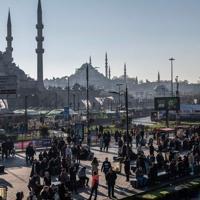
 Politics2 months ago
Politics2 months agoIstanbul ‘may break 110-year temperature record for March’
-

 Sports2 months ago
Sports2 months agoPaulista 19 maç sonra geri döndü, maç sonrası isyan etti


